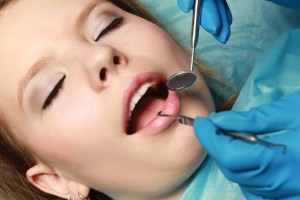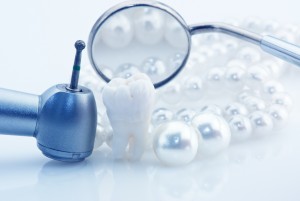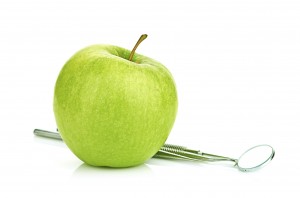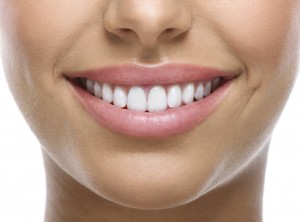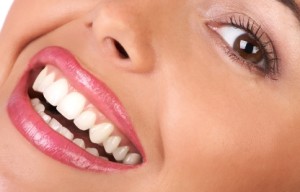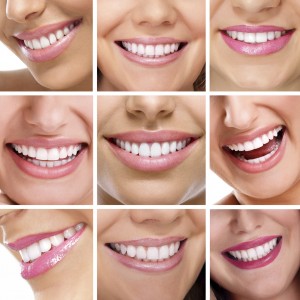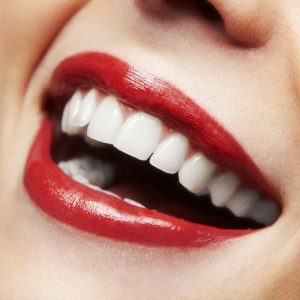 Millions of Americans chew gum. Of course some gum options can be detrimental to teeth, but did you know others can be highly beneficial? We may chew gum to distract from a bad habit, for the taste of ‘sweetness’, or to freshen our breath. The act of chewing and chewing the right kind of gum is what we’re going to focus on.
Millions of Americans chew gum. Of course some gum options can be detrimental to teeth, but did you know others can be highly beneficial? We may chew gum to distract from a bad habit, for the taste of ‘sweetness’, or to freshen our breath. The act of chewing and chewing the right kind of gum is what we’re going to focus on.
The physical act of chewing increases the flow of saliva in your mouth. If you chew after eating, the increased salivary flow can help neutralize and wash away the acids that are produced when food is broken down by the bacteria in plaque on your teeth. In fact, clinical studies have shown that chewing sugarless gum for 20 minutes following meals can help prevent tooth decay.
While simply chewing gum is a great way to protect your teeth after a meal out, it’s not typically a replacement for brushing and flossing – given the opportunity, it’s always best to brush and floss, but if you’re not at home, sugar free gum is a great second option. Unfortunately, chewing gum is not recommended for all patients – patients with jaw pain or known problems with their jaw / temporomandibular joint should avoid chewing gum until they consult with their regular dentist. For everyone else, finding a favorite sugar free gum sweetened with Xylitol is an easy way to keep your teeth healthy no matter where you are.
It’s important to note that not all gum is created equally: it’s important to chew sugarless gum, and if possible, choose gum sweetened with Xylitol. Tooth decay starts when bacteria in your mouth consumes sugar – whether it’s in a sugary drink such as cola or ice cream from dessert, the sugar stays within your mouth and attaches to the surface of your teeth. When that sugar is allowed to stay in contact with your teeth, it provides an opportunity for decay to set in as bacteria has food to grow and multiply within your mouth. When you chew gum, the additional saliva neutralizes oral acids and flushes sugar away from the teeth, starving bacteria and protecting your teeth from cavities. Xylitol – a sugar alcohol popular in low-calorie foods – not only provides the sweetness that gum chewers may enjoy without adding sugar, the chemical itself neutralizes bacteria known to cause cavities.
Next time you go to reach for that gum, make sure it’s sugar-free and definitely make sure it’s sweetened with Xylitol!
Contact Dr. George Kirtley for an appointment today to get the bright white smile you have always wanted at 317-841-1111 or generaldentistryindianapolis.com.
Dr. George Kirtley welcomes patients from Spring Hill, Beech Grove and Warren Park

